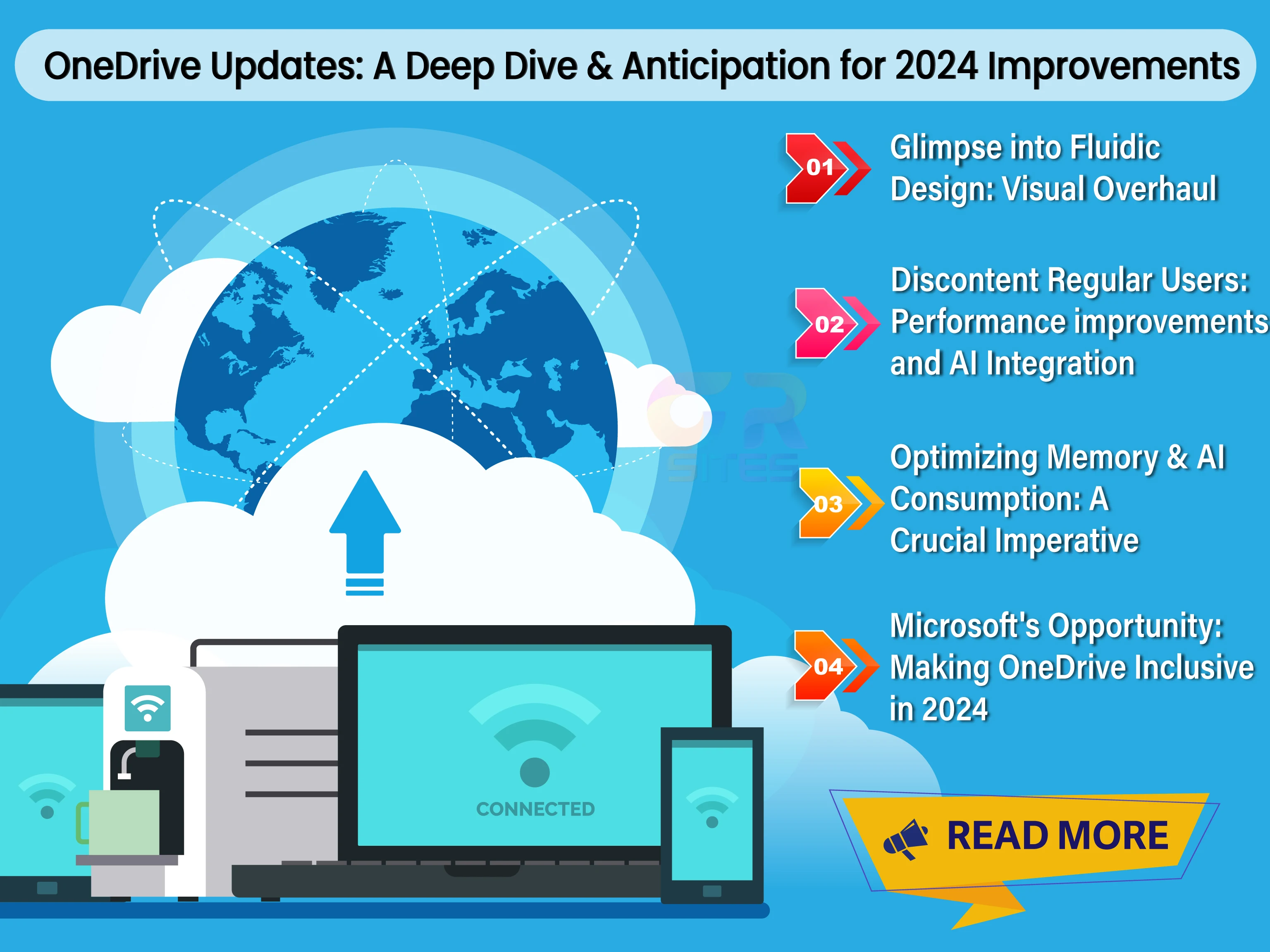In a world where mobility and versatility reign supreme, the evolution of smartphones has paved the way for groundbreaking innovations. One such advancement is Moto Ready, a feature that enables users to harness the power of their mobile phones as mini laptops, connecting them to external displays with ease. However, the potential of this technology remains largely untapped, confined to Motorola devices. Join us as we explore the possibilities of extending this functionality to all Android OS devices, including premium Google Pixel phones, revolutionizing the way we work and travel with our smartphones.
The Evolution of Mobility
As smartphones continue to evolve, they have become indispensable tools for both personal and professional use. Let's delve into the evolution of mobile computing and the emergence of Moto Ready:
- Moto Ready Innovation: Motorola's Moto Ready feature represents a significant leap forward in mobile functionality, allowing users to seamlessly connect their phones to external displays and utilize them as mini laptops.
- Minimizing Dependency: By leveraging Moto Ready, users can reduce their reliance on traditional desktop or laptop devices, streamlining their professional workflow and enhancing mobility.
- Travel-Friendly Option: The portability and convenience of using smartphones as mini laptops make them ideal companions for travelers, eliminating the need to carry bulky equipment.
- Enhanced Productivity: With the ability to connect to external displays, smartphones equipped with Moto Ready offer a versatile computing experience, empowering users to work efficiently from anywhere.
While Moto Ready has revolutionized mobile computing for Motorola users, its potential remains limited to a specific brand. Let's explore the opportunity to expand this functionality to all Android OS devices, including premium Google Pixel phones:
- Leap in Performance: The latest Snapdragon chip processors have ushered in a new era of performance and efficiency, enabling smartphones to rival traditional computers in power and capability.
- Universal Compatibility: By enabling options for users to connect their Android devices to external displays or TVs, manufacturers can democratize the Moto Ready experience, making it accessible to a broader audience.
- Premium Pixel Integration: Google Pixel phones, known for their premium design and cutting-edge features, are prime candidates for integrating similar Moto Ready functionality with ChomeOS, offering users a seamless and intuitive computing experience.
- ChromeOS Integration: With the emergence of ChromeOS, a lightweight version of the Google operating system for entry laptops optimized for mobile devices, smartphones can function as mini laptops, providing users with a familiar and versatile computing environment.
Redefining Mobile Computing:
By embracing Moto Ready or ChromeOS desktop version and extending its capabilities to all Android devices, manufacturers have the opportunity to redefine the future of mobile computing. Let's explore the transformative impact of this technology:
- Enhanced Versatility: Smartphones equipped with ChromeOS desktop functionality become powerful productivity tools, capable of seamlessly transitioning between mobile and desktop environments.
- Streamlined Workflows: Users can enjoy a consistent computing experience across devices, with the ability to access their files, applications, and data from anywhere.
- Cost-Efficient Solution: By leveraging existing smartphone hardware, users can avoid the expense of purchasing additional desktop or laptop devices, saving both money and resources.
- Empowering Innovation: The integration of ChromeOS with Android OS and Google Pixel phones fosters innovation and creativity, inspiring developers to create new applications and experiences tailored to the mobile computing paradigm.
In conclusion, the evolution of mobile computing has reached new heights with the introduction of Moto Ready, a feature that transforms smartphones into mini laptops. While currently exclusive to Motorola devices, the potential for expanding this functionality with Chrome OS to all Android OS devices, including premium Google Pixel phones, holds immense promise. By embracing Moto Ready and integrating it with ChromeOS, manufacturers can redefine the way we work and travel with our smartphones, empowering users with enhanced mobility, productivity, and versatility.
So, let's unlock the full potential of mobile computing and embrace the future of productivity with smartphones as mini laptops.
In this article, we have explored the transformative potential of Moto Ready, a feature that enables users to utilize their smartphones as mini laptops by connecting them to external displays. While currently limited to Motorola devices, the opportunity exists to expand this functionality to all Android OS devices, including premium Google Pixel phones, ushering in a new era of mobile computing. By leveraging the latest Snapdragon chip processors and integrating ChromeOS with desktop like version, manufacturers can empower users with enhanced productivity, versatility, and mobility, revolutionizing the way we work and travel with our smartphones.



